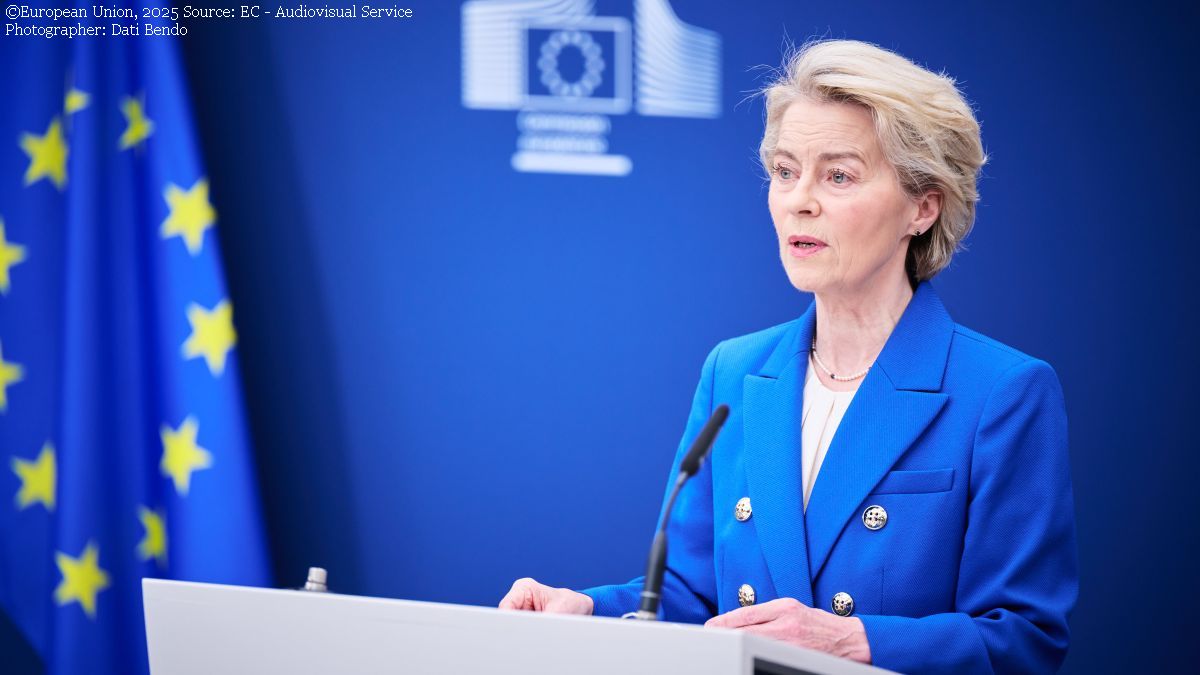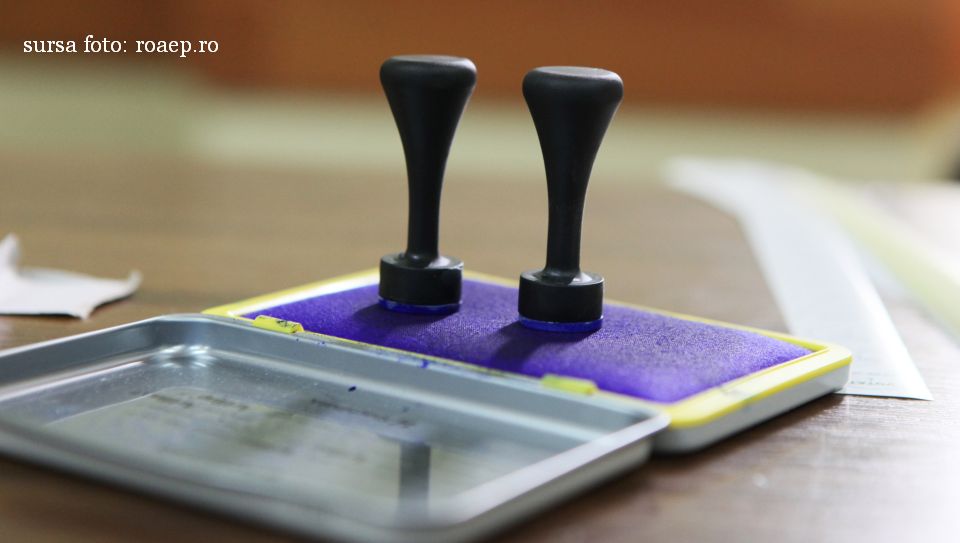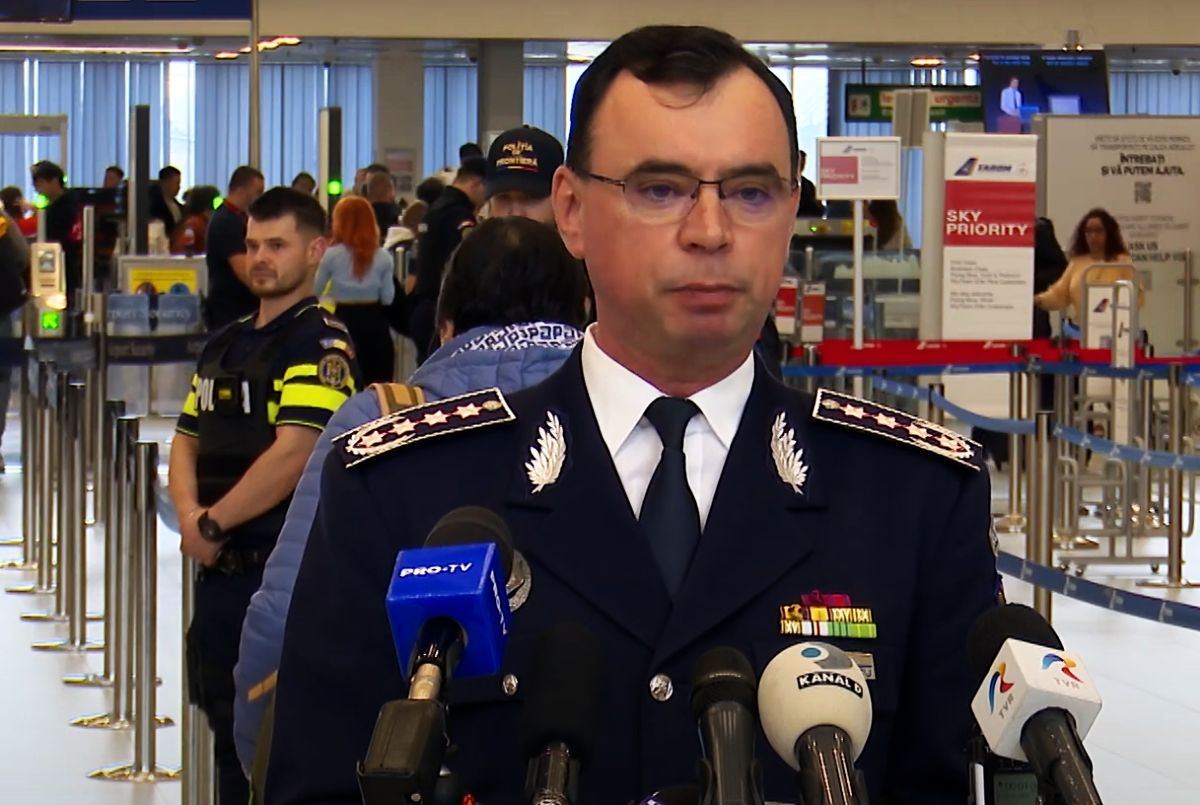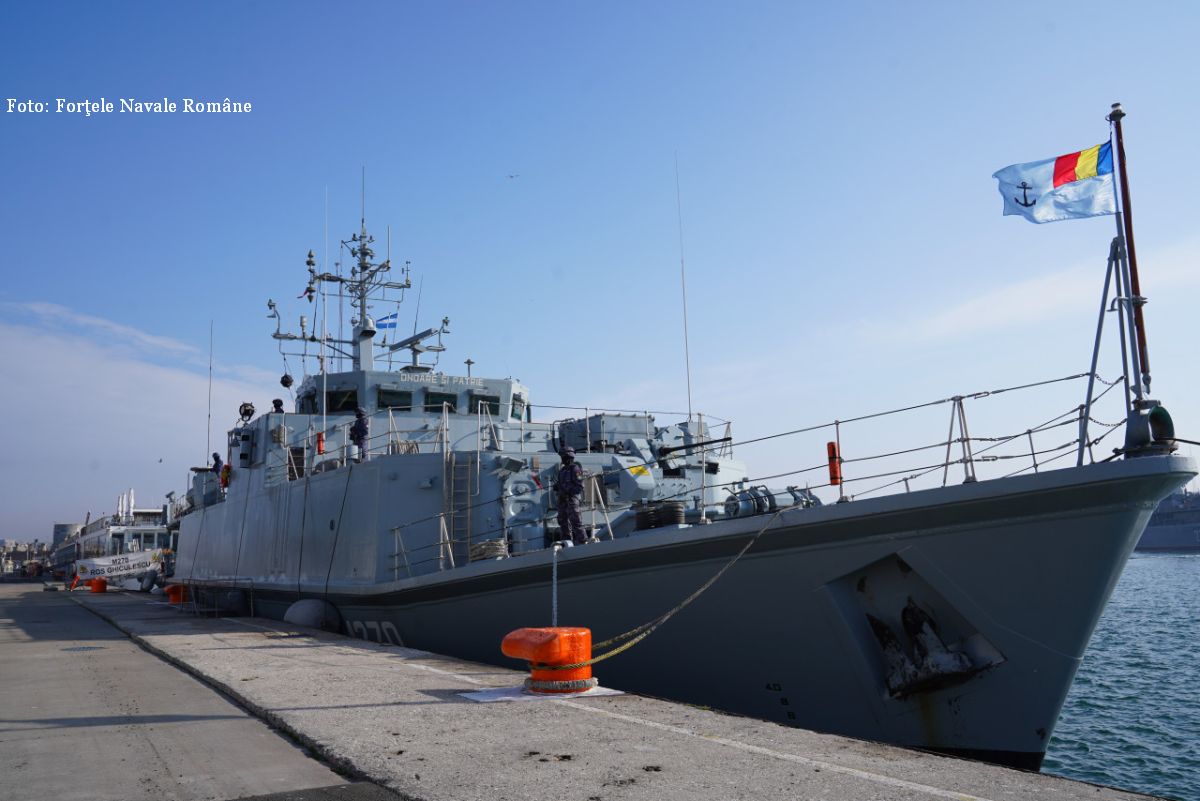Brâncuși – an exceptional exhibition in Paris
Pompidou Centre in Paris is hosting the biggest Constantin Brâncuși exhibition ever held, on view until 1st July.
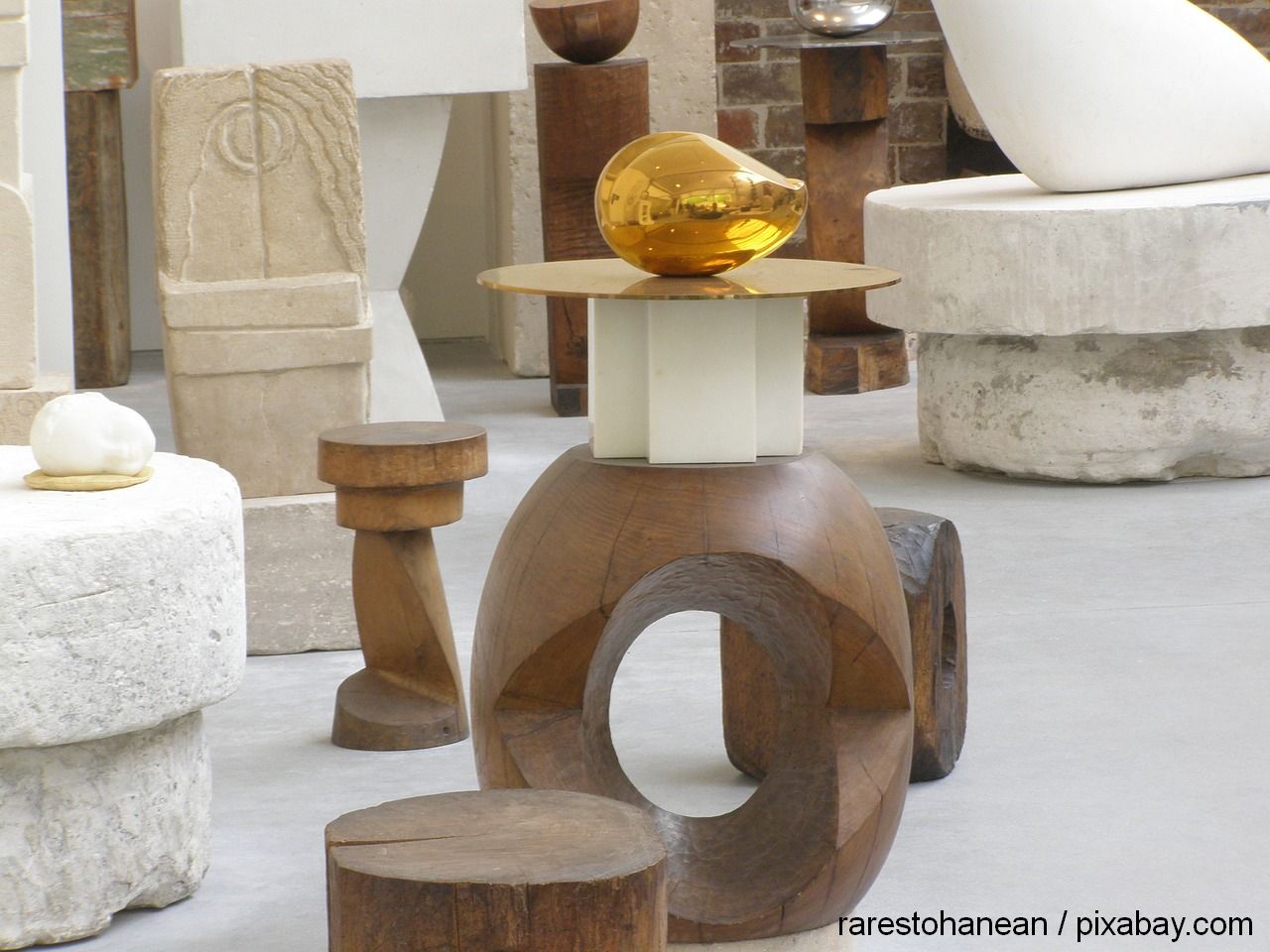
Corina Cristea, 27.03.2024, 13:50
One of the world’s most prestigious museums for modern and contemporary art, Pompidou Centre in Paris, is hosting a rare exhibition dedicated to the great Romanian sculptor Constantin Brâncuși. On the heels of the success of another Brâncuși retrospective held in the Romanian city of Timişoara as the European Capital of Culture in 2023, the Paris exhibition brings together hundreds of sculptures, photographs, sketches and video footage. The famous Paris museum is thus showcasing Brâncuşi’s life and work, beginning with his journey on foot from his native Romania, crossing almost half of Europe, to reach the French capital in 1904 and ending with his final works searching for the pure form and trying to stylise matter so as to capture its essence and eternal form.
Ariane Coulondre, the curator of the exhibition, explains:
“We’ve been working on this exhibition for about two years, in order to pay homage to Constantin Brâncuși, an immense artist and one of the greatest sculptors of the 20th century. His studio located outside the Pompidou Centre belongs to the museum and we took advantage of the relocation of the studio with the entire centre closing next year for renovation to organise this major exhibition bringing together the entire wealth of his work, loans from big international museums and private collections, to showcase all of his work, his life, and provide an overall vision allowing us to understand his path and the revolution he brought about in the history of sculpture and show to posterity this incredible work that continues to speak to us and touch us today.”
Brâncuşi’s revolution in the history of sculpture is three fold, emphasises the curator, thus explaining why he is considered the father of modern sculpture. It was, first of all, “a revolution of the gesture”, as the artist, who became a French citizen, carved straight into the material, after sculptors had carved in clay for centuries. Secondly, he achieved a “revolution of form”, as he tried to reduce it to purity and geometry, trying to reach “beyond appearances”. The third revolution was his relationship with space, with movement and reflections, the curator also said.
A distinct section of the Paris exhibition is dedicated the Heroes Path monumental ensemble in Târgu-Jiu, in southern Romania, which consists of The Table of Silence, The Gate of the Kiss and the Endless Column, and which may become inscribed this summer in the UNESCO world heritage list. Also on display in Paris are a number of versions of Brâncuşi’s birds, set against the spectacular views of the Parisian landscape afforded by the exhibition space.

